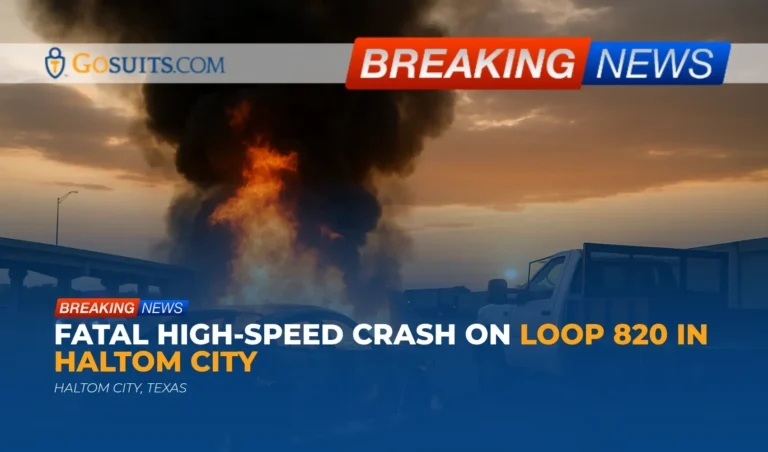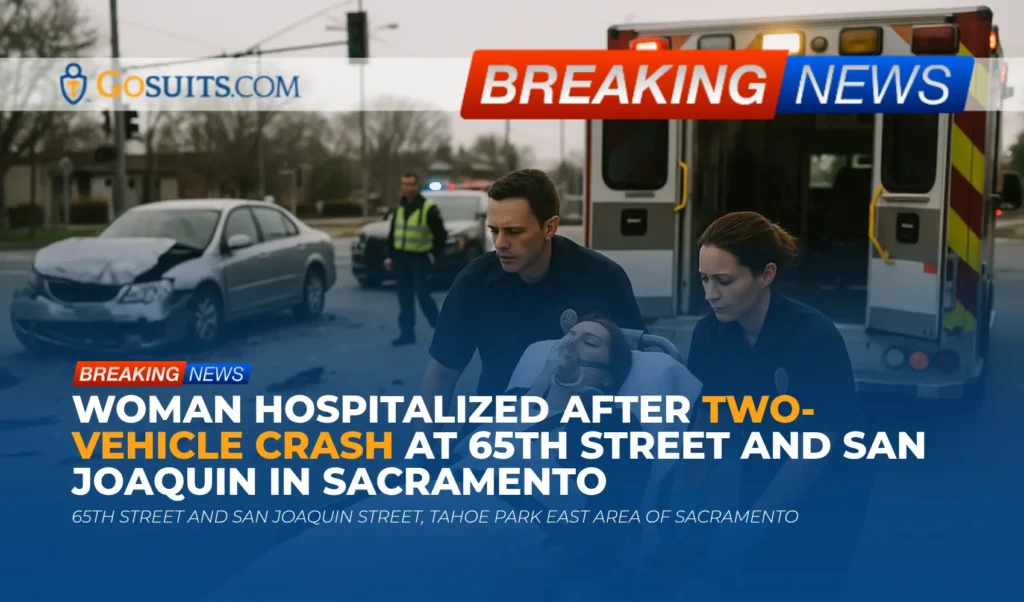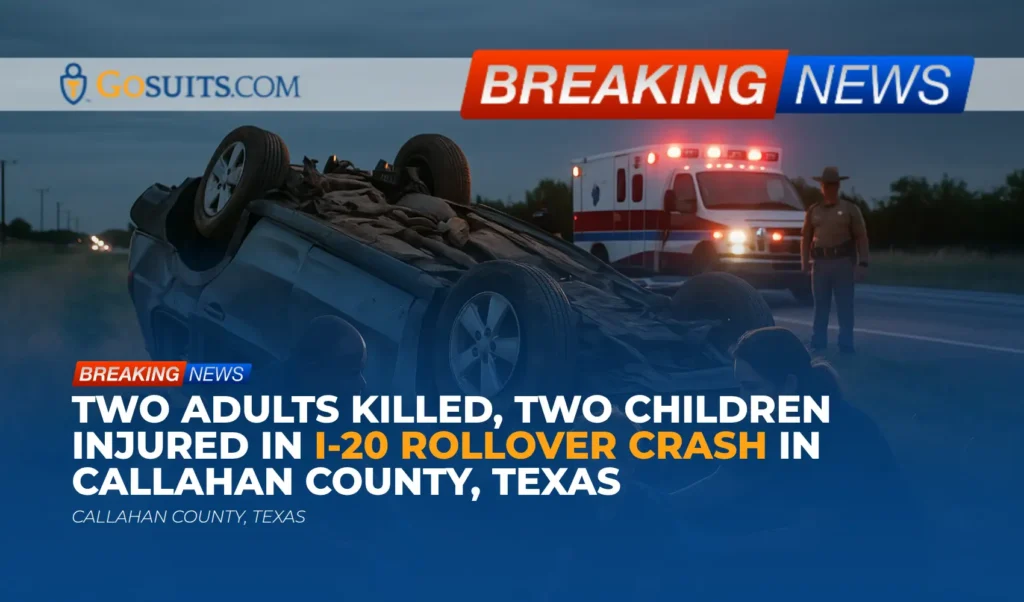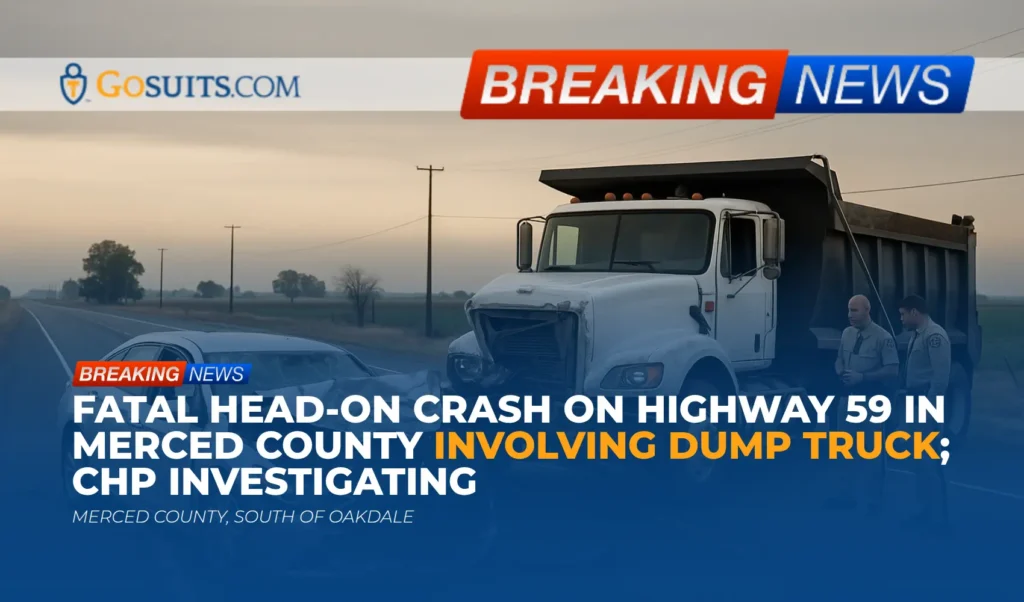A tragic car crash on Loop 820 in Haltom City resulted in one fatality and one injury on Thursday evening. According to the Haltom City Police Department, first responders were dispatched to the eastbound express lanes of Loop 820 at approximately 6:30 p.m. Upon arrival, they discovered a Dodge Charger engulfed in flames.
The driver of the Dodge Charger was pronounced dead at the scene. Another individual, the driver of a work truck involved in the collision, sustained minor injuries. Two passengers who were outside of the work truck at the time of the incident were unharmed.
Details of the Collision
Preliminary investigations indicate that the Dodge Charger collided with the back of a trailer attached to a disabled work truck. Police reports suggest that the driver of the Charger, identified as a man in his late 50s, was speeding and attempted to change lanes when the collision occurred. It appears the driver was unaware of the stopped truck and trailer ahead.
The identity of the deceased driver will be released by the Tarrant County Medical Examiner’s Office following notification of next of kin.
Haltom City police are continuing to investigate the circumstances surrounding the crash.
Legal and Safety Implications of High-Speed Collisions
This incident highlights the devastating consequences that can result from high-speed collisions. Speeding is a major contributing factor in many car accidents, often exacerbating the severity of injuries and increasing the likelihood of fatalities.
When a vehicle collides with another object, such as a stopped vehicle or trailer, the occupants of both vehicles can sustain serious injuries. These injuries may include:
- Traumatic Brain Injuries (TBIs): These can occur from the sudden impact and can range from mild concussions to severe, life-altering brain damage.
- Spinal Cord Injuries: These injuries can lead to paralysis or other forms of disability, depending on the severity and location of the damage.
- Broken Bones: High-speed impacts can cause fractures to various bones in the body, including ribs, arms, legs, and the pelvis.
- Internal Injuries: Damage to internal organs can be life-threatening and may require immediate medical intervention.
- Burns: In cases where a vehicle catches fire, burn injuries can be severe and require extensive treatment.
Factors Contributing to Car Accidents
Several factors can contribute to car accidents, including:
- Speeding: Exceeding the posted speed limit or driving too fast for conditions reduces a driver’s reaction time and increases the risk of a collision.
- Distracted Driving: Activities such as texting, talking on the phone, or adjusting the car’s audio system can divert a driver’s attention from the road.
- Impaired Driving: Driving under the influence of alcohol or drugs significantly impairs a driver’s judgment and coordination.
- Driver Fatigue: Drowsy driving can have similar effects to drunk driving, reducing reaction time and impairing decision-making.
- Vehicle Malfunctions: Mechanical issues, such as faulty brakes or tire blowouts, can also lead to accidents.
- Road Conditions: Poor weather conditions, such as rain, snow, or ice, can make roads slippery and increase the risk of accidents.
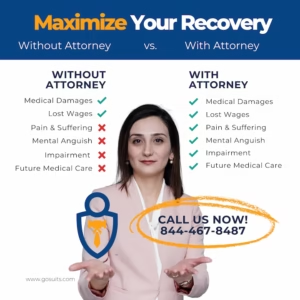
Determining Liability in Car Accidents
Determining liability in a car accident is a critical step in the legal process. Liability refers to the legal responsibility for causing the accident and the resulting damages. In personal injury cases arising from car accidents, establishing liability is essential for the injured party to recover compensation for their losses.
Several factors are considered when determining liability, including:
- Negligence: This is a legal concept that refers to a person’s failure to exercise reasonable care, which results in harm to another person. In car accident cases, negligence can take many forms, such as speeding, distracted driving, or violating traffic laws.
- Traffic Laws: Violations of traffic laws, such as running a red light or failing to yield the right of way, can be evidence of negligence.
- Police Reports: Police reports provide a detailed account of the accident, including the officers’ observations, witness statements, and any citations issued.
- Witness Statements: Statements from witnesses who observed the accident can provide valuable information about how the collision occurred.
- Evidence at the Scene: Physical evidence at the scene, such as skid marks, vehicle damage, and debris, can help reconstruct the events leading up to the accident.
- Insurance Policies: Insurance policies can provide coverage for damages resulting from a car accident. Determining the applicable insurance policies and their coverage limits is an important step in the claims process.
Seeking Legal Assistance After a Car Accident
If you or a loved one has been injured in a car accident, it is important to seek legal assistance from a skilled personal injury attorney. A seasoned attorney can help you understand your rights and options and guide you through the legal process. They can conduct a thorough investigation of the accident, gather evidence, and build a strong case on your behalf.
A personal injury attorney can also assist you in negotiating with insurance companies and pursuing a fair settlement. If a settlement cannot be reached, they can represent you in court and advocate for your best interests.

Commentary from Gosuits Haltom City, Texas Personal Injury Attorney
The car crash on Loop 820 serves as a stark reminder of the dangers of speeding and the importance of safe driving practices. In the aftermath of such a tragic event, it is crucial for those affected to understand their legal rights and options. Navigating the complexities of personal injury law can be challenging, especially while dealing with the emotional and physical aftermath of an accident. Consulting with a qualified personal injury attorney can provide clarity and guidance during this difficult time. An attorney can help investigate the circumstances of the crash, identify liable parties, and pursue compensation for injuries, medical expenses, lost wages, and other damages.
